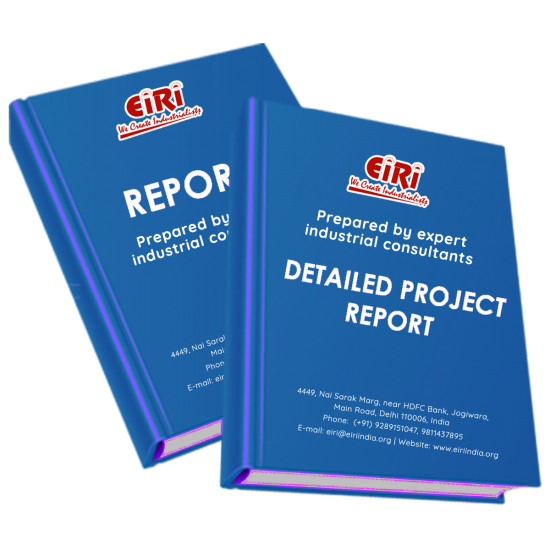SULFAMIC ACID
The project report includes Present Market Position and Expected Future Demand, Market Size, Statistics, Trends, SWOT Analysis and Forecasts. Report provides a comprehensive analysis from industry covering detailed reporting and evaluates the position of the industry by providing insights to the SWOT analysis of the industry.
We can prepare PROJECT REPORT as per your INVESTMENT PLAN for BANK LOAN REQUIREMENT and INDUSTRY ANALYSIS. All reports are prepared by highly qualified consultants and verified by a panel of experts.
Have Query? Click Here to Chat
Industry Expert is Online, Chat with him for more detail.

Sulfamic Acid is a white crystalline solid which is non-hygroscopic and stable. Sulfamic Acid is a super-efficient agent for descaling. It is used for cleaning a number of domestic appliances and industrial equipment. Sulfamic Acid is used as an acidic cleaning agent, usually for ceramics and metals. Sulfamic Acid is a safe and powerful acid, which is suitable for descaling applications and acid cleaning.
Sulfamic Acid also called as amido sulfuric acid is a white crystalline solid which is non-hygroscopic and stable. It is soluble in formamide and water, and slightly soluble in concentrated sulfuric acid, methanol, acetone, and ether. It is commercially produced from fuming sulfuric acid and urea, and classified as a strong inorganic acid. The Sulfamic Acid with dilute aqueous solution is stable for longer periods at room temperature. However, a rapid hydrolysis arises at high temperatures. The Sulfamic Acid is considered as less corrosive to metals compared to other strong acid such as hydrochloric acid.
As the Sulfamic Acid retains a scale solubilizing capacity it is considered ideal for removal of scale from cooling towers, boilers, coils, condensers, heat exchangers and a wide range of cooling and heating systems thereby amassing the efficiency of equipment and plant.
Manufacturers in the India Sulfamic Acid market are competing to achieve market driven production of chemicals based on core expertise. The company based in India, is adopting this strategy to emerge as a market leader for Sulfamic Acid by providing unparalleled products and services to its customers, clients, and partners.
In order to ensure robust packaging of Sulfamic Acid, manufacturers are making the use of HDPE bags. This is evident since the Sulfamic Acid market is dictated by stringent handling and safety requirements. Indian manufacturers and distributors are complying with ISO (International Organization for Standardization) standards to boost their credibility credentials. It has been found that Sulfamic Acid prevents pulp degradation due to temperature at the chlorination and hydrochloride stage.
Since Sulfamic Acid is used as a cleaning agent in various industries, manufacturers have been working at break-neck speeds to meet sanitization and hygiene requirements of consumers during the coronavirus crisis. Electroplating and electro-refining applications catalyzing the demand for Sulfamic Acid in order to refine lead when a high quality is desired. However, manufacturers need to meet high safety and handling requirements to ensure the well-being of workers.
The global Sulfamic Acid market is expected to reach US$ 237.6 Million by 2031, expanding at a CAGR of 5.3%.
It is intended to prepare a Feasibility Report to install 6000 Tons/Year Sulfamic Acid production facility as a Green Field Project.



